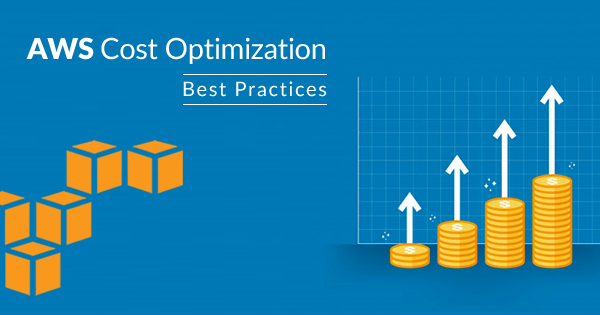Rule Description
Rule Code: AWS-R-RDS-01
Checks your usage of RDS and provides recommendations on purchase of Reserved Instances to help reduce costs incurred from using RDS On-Demand.
Audit / Verification
Offering types
Reserved DB instances are available in three varieties—No Upfront, Partial Upfront, and All Upfront—that let you optimize your Amazon RDS costs based on your expected usage.
Size-flexible reserved DB instances
When you purchase a reserved DB instance, one thing that you specify is the instance class, for example db.m4.large. For more information about instance classes, see DB instance classes.
Size-flexible reserved DB instances are available for DB instances with the same AWS Region and database engine. Size-flexible reserved DB instances can only scale in their instance class type. For example, a reserved DB instance for a db.m4.large can apply to a db.m4.xlarge, but not to a db.m5.large, because db.m4 and db.m5 are different instance class types.

Size-flexible reserved DB instances are available for the following Amazon RDS database engines:
- MariaDB
- MySQL
- Oracle, Bring Your Own License
- PostgreSQL
Deleting a reserved DB instance
The terms for a reserved DB instance involve a one-year or three-year commitment. You can't cancel a reserved DB instance. However, you can delete a DB instance that is covered by a reserved DB instance discount. The process for deleting a DB instance that is covered by a reserved DB instance discount is the same as for any other DB instance.
Your upfront payment for a reserved DB instance reserves the resources for your use. Because these resources are reserved for you, you are billed for the resources regardless of whether you use them.
If you delete a DB instance that is covered by a reserved DB instance discount, you can launch another DB instance with compatible specifications. In this case, you continue to get the discounted rate during the reservation term (one or three years).
Reference
https://docs.aws.amazon.com/AmazonRDS/latest/UserGuide/USER_WorkingWithReservedDBInstances.html

